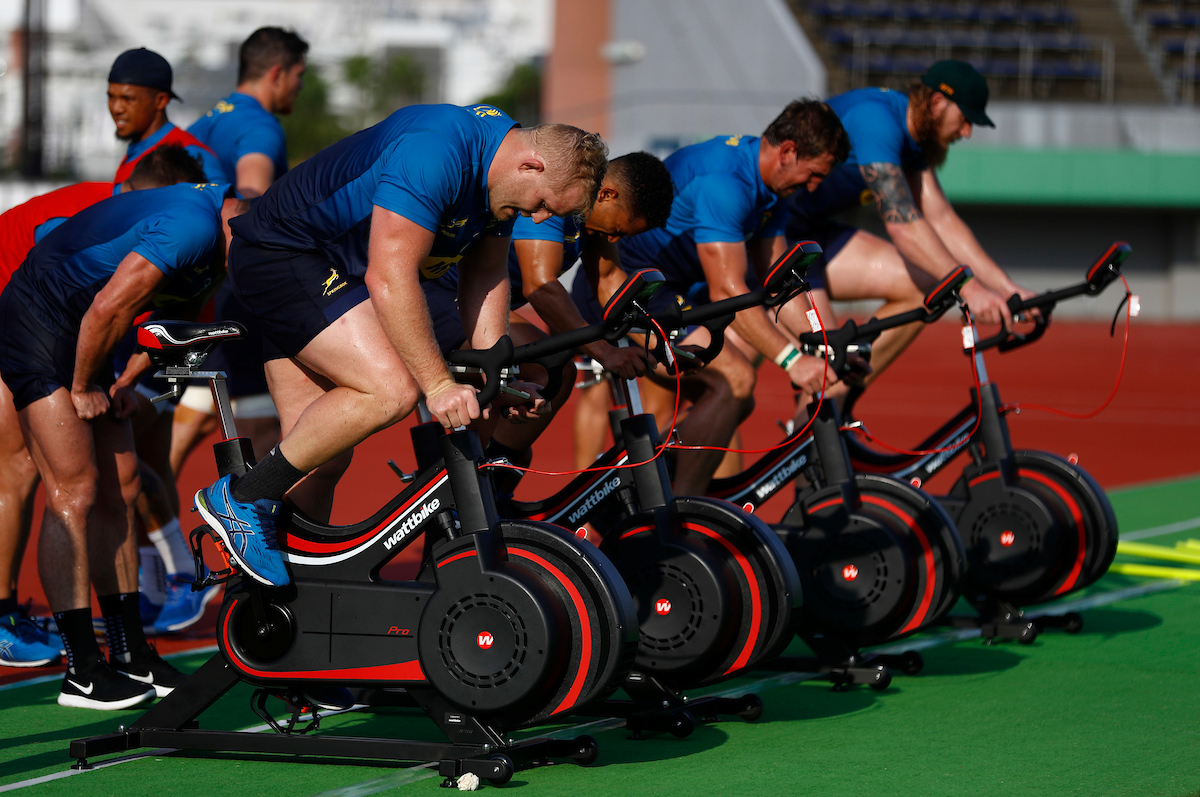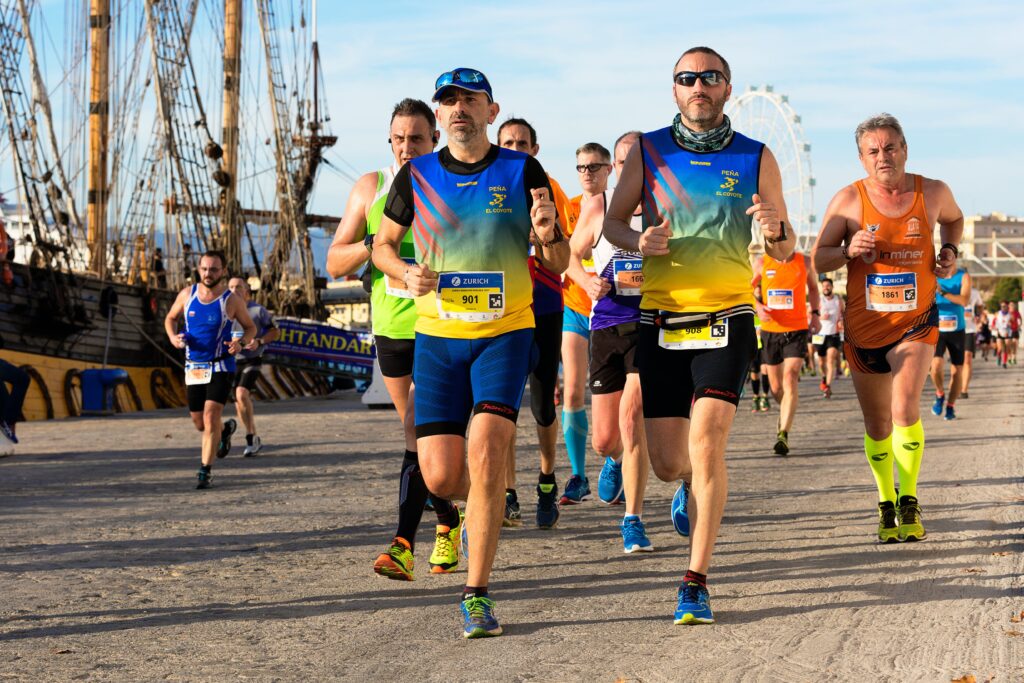Increasing fitness is a cyclical process of applying stress, adapting and progressing. Progressive overload is used in training to provide effective stimuli over weeks and months to increase our abilities. Progression can come in the form of load and/or volume. As long as adequate recovery is provided we should see a positive adaptation. The more difficult a session we can complete, the more of a stimulus it places on the body. For many this is understood as “the harder I train the better I will get”. This is a dangerous principle to live by.
Overtraining
At this point in time the effects of overtraining are understood by us and examples have been quite well demonstrated. Many of us have also experienced it first hand. Generally speaking we are capable of completing more intense sessions than we can recover from. So while we think finishing a hard session is the aim, what is more important, is if we recover from them and receive the desired adaptation. In a lot of cases this doesn’t happen and we actually create more and more fatigue which over longer periods of time can result in a diminished ability to perform.
The best strategy to overcome potential overtraining is to be conservative with progression. If one is conservative and places attention on progress, then overtraining can be easily avoided. More rest and more complete recovery rarely shows negative impact. Even conservative progress is still progress. Long term, avoiding stagnation is more important than rapid and irregular improvements.

Train hard or train smart
Many athletes have Type A personalities where the motivation to work is in good supply. These athletes will aim to smash their way through any challenging session and look for the next. The success of their training is dictated by them having worked themselves to exhaustion or setting a new personal best. This is extremely common. This approach leads to rapid improvements but with little long term progression. Performance tends to fluctuate rather than steadily improve. Long term adaptation is sacrificed for extremely short term success.
Athletes often neglect their weaknesses by never actually addressing them. Their training is difficult and challenging but quite often will not seek to achieve any adaptation or response. This is not only within a session but it can be throughout a training program. Recovery may be sacrificed to bulk numbers. Increasing overall time or mileage often become the focus over any real development.
Athletes must ask the question, are they training for their head or training for performance? This can lead to quite significant differences in what they do. Often the training they like is not the training that will allow them to perform optimally on race day. Progress should always be the focus of training. Training smart can save an athlete a lot of time and effort to achieve the same result or better.
Training too hard
This concept is difficult for many to grasp but has very, strong scientific explanations. The body has three energy systems and they all work slightly differently, but not independently to one another. Some of us will be genetically predisposed to relying on one, more so than others. In addition our sporting backgrounds can shape how we utilize our energy systems. See here for a refresher on how are body uses energy https://hamiltonsport.com/2015/02/building-the-engine/
Many of us train in a very task orientated way. It is human nature to assess our training and look at it as a series of mini performances. Running faster times, using greater loads or sustaining greater output dictate whether or not a session is successful or not.
Many of us have paid for coaching which has structured our training so it’s effective. Heart rates are often used to prescribe our training. In many cases if we have a heart rate limit but we are on track for a PB then the limit will be sacrificed this one time. At the end of the day if the result is improving then what does it matter?
Quite often athletes will be lured into going a little too hard in training. Physiologically, endurance sports require large aerobic capacity. At a certain point of intensity glycolytic pathways will get involved. This crossover point is usually in close proximity to our sustainable intensity level, with the result we quite happily accept a contribution of anaerobic and glycolytic mechanisms on a regular basis. What we fail to realize is that regularly calling upon this pathway makes us accustomed to using it. We then call on it earlier and earlier. It is very effective at providing quick energy for output but it comes at a cost.

Running with friends can cause the intensity to go up with friendly competition
Our anaerobic and glycolytic pathways produce byproducts that promote fatigue. They also consume carbohydrate in the form of ingested sugars and intramuscular glycogen. With the result, our fuel stores are depleted much quicker. Glycolysis in general is a less sustainable, yet effective energy system. With the result we are fooled into seeing greater short term outputs and deem them as successful progress. Then, during races, we hit the wall and suffer cramps that never exist in training as we must endure for longer periods, when racing.
The best endurance athletes have a large aerobic, oxidative capacity with some anaerobic capacity there as a boost. Many athletes training too intensely have some aerobic capacity but are not necessarily oxidatively efficient and tend to have well developed anaerobic capacity. Training volume at lower intensity is known to improve aerobic and oxidative mechanisms, yet this type of training does not satisfy our type 1 athletes mentally. For this reason many have limited performance capacity simply because they’ve improved their top end output while neglecting their base endurance capacity.
Summary
Training hard can often be more effective at settling our natural urges and instincts more than developing our physiology. Athletes need to consider the purpose of their training and stick to the plan. It is extremely easy to get caught up with personal battles for PBs than it is to have patience with longer term strategies. Often the feedback from effective programs and less intense training is not so obvious with the result that it requires commitment and restraint. This article highlights why things work and what’s important. The knowledge of knowing why helps one stay patient and train smart.
Don’t forget to sign up to our newsletter to find out when new articles are released.
[yikes-mailchimp form=”1″]

